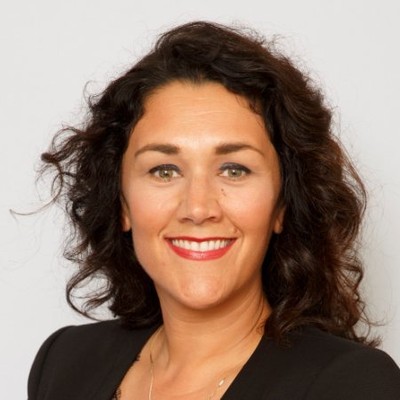- Video Library
- Dr. Karen Cross Presents MIMOSA Diagnostics at LSI USA '24
Dr. Karen Cross Presents MIMOSA Diagnostics at LSI USA '24

Karen Cross
Dr. Karen Cross MD, PhD, FRCSC is a Plastic and Reconstructive Surgeon, a Scientist, and the Co-Founder and CEO of a startup health technology company called MIMOSA Diagnostics. She performs basic science and clinical translation research developing non-invasive optical technologies to assess skin physiology. Her research aims are to bring innovative technology from the bench to the bedside.
Dr. Cross has won several National and International awards related to her research such as the Wound Healing Society Young Investigator Award, Trauma Association of Canada Research Award, and Best Clinical Research from the Canadian Society of Plastic Surgeons. She has been recognized for her excellence in as a teacher, her collegiality, generosity, mentorship and humanitarianism by receiving the Dr. Hugh Thompson Humanitarian Award and the Leo Mahoney Teaching Award. Dr. Cross most recently received the 2018 Roscoe Reid Graham Scholarship in Surgical Science.
Karen Cross
Dr. Karen Cross MD, PhD, FRCSC is a Plastic and Reconstructive Surgeon, a Scientist, and the Co-Founder and CEO of a startup health technology company called MIMOSA Diagnostics. She performs basic science and clinical translation research developing non-invasive optical technologies to assess skin physiology. Her research aims are to bring innovative technology from the bench to the bedside.
Dr. Cross has won several National and International awards related to her research such as the Wound Healing Society Young Investigator Award, Trauma Association of Canada Research Award, and Best Clinical Research from the Canadian Society of Plastic Surgeons. She has been recognized for her excellence in as a teacher, her collegiality, generosity, mentorship and humanitarianism by receiving the Dr. Hugh Thompson Humanitarian Award and the Leo Mahoney Teaching Award. Dr. Cross most recently received the 2018 Roscoe Reid Graham Scholarship in Surgical Science.

17011 Beach Blvd, Suite 500 Huntington Beach, CA 92647
714-847-3540© 2025 Life Science Intelligence, Inc., All Rights Reserved. | Privacy Policy







